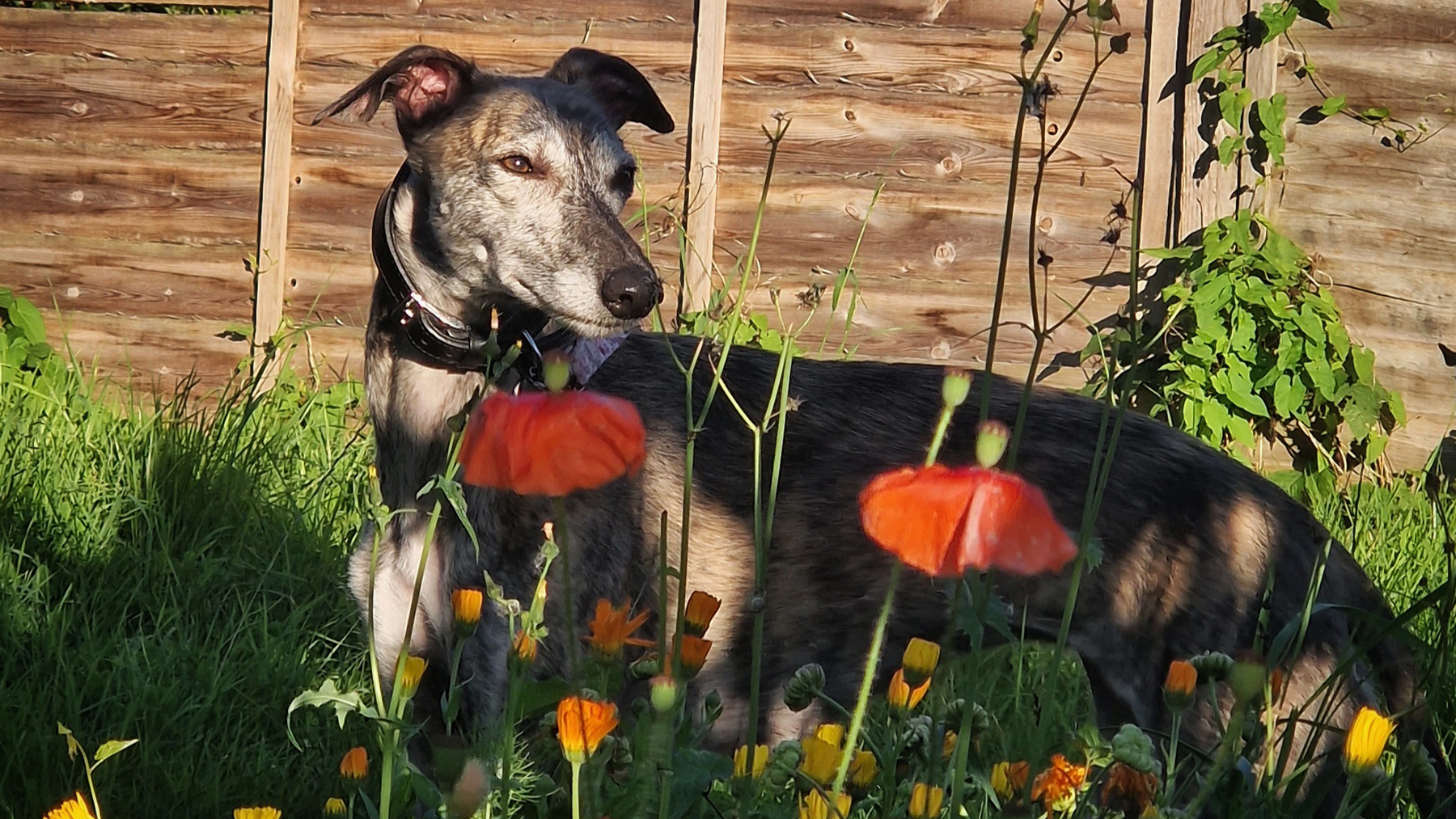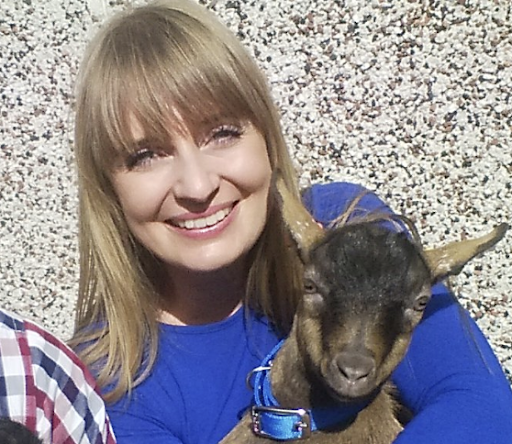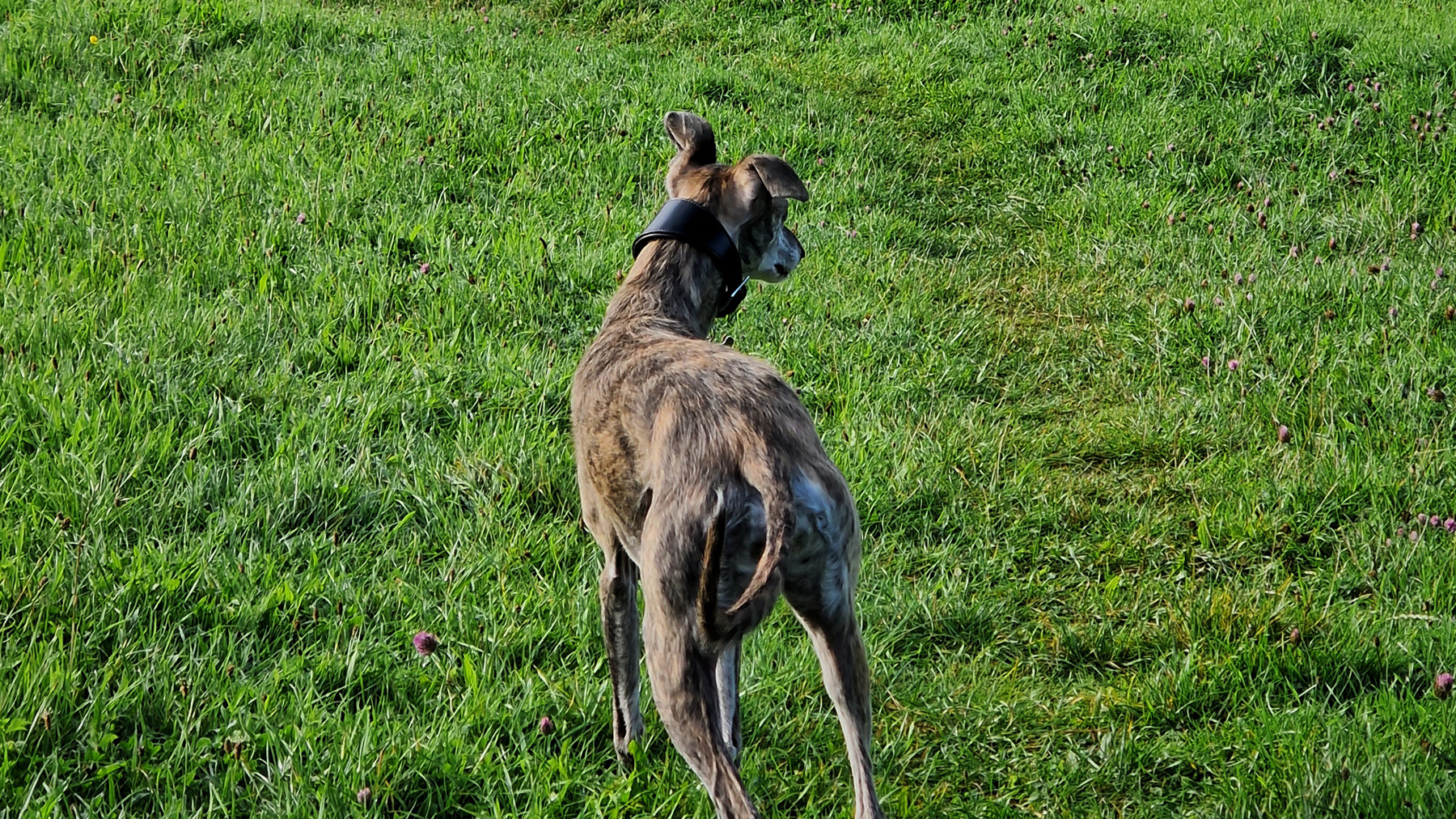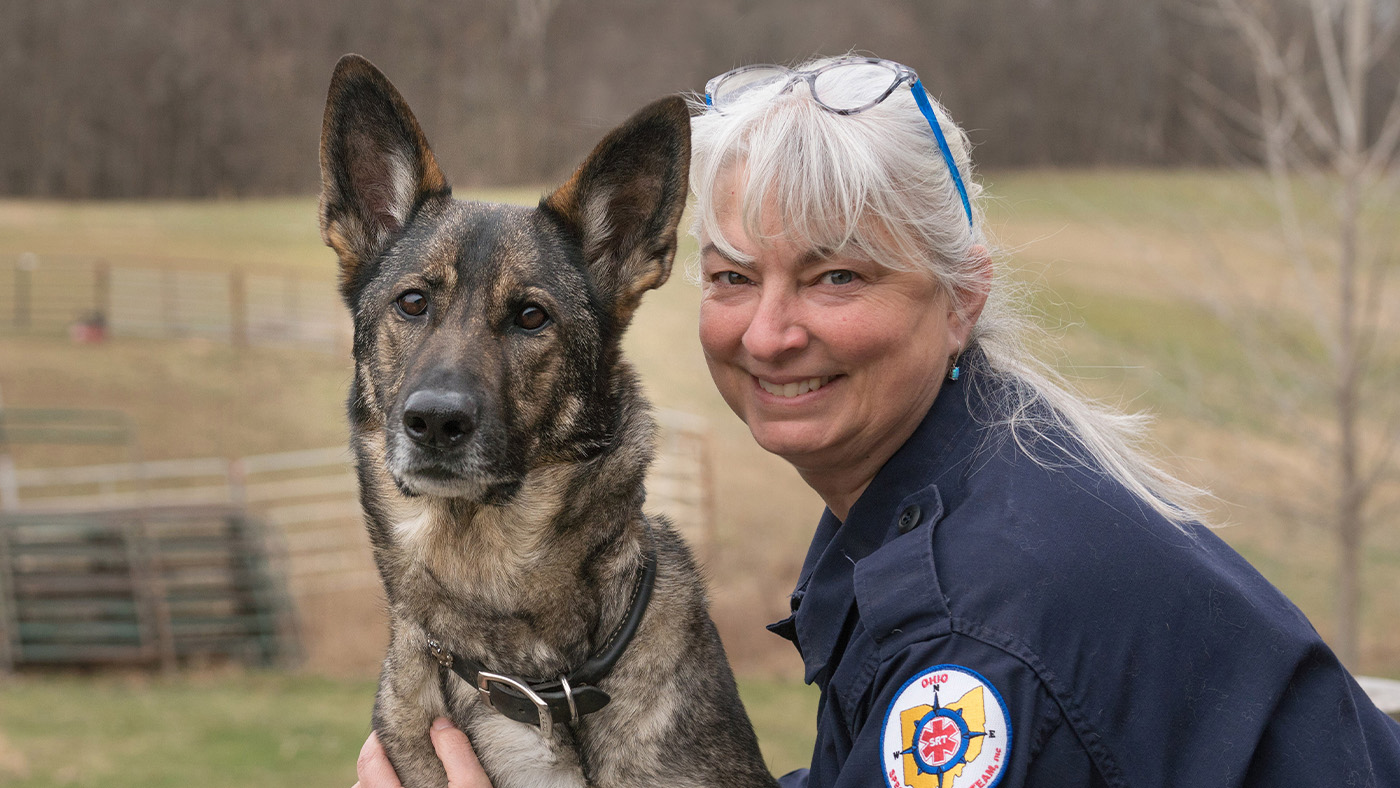
When I was looking to get a dog, the lack of a secure garden at my home was a problem that seemed insurmountable. Many rescue organizations dismissed me straight away, and others failed me at the point of a home check for this reason. It was all very demoralizing, but I desperately wanted to rehome instead of buying a puppy, so I persisted.
By getting an adult dog, I was very aware that I wasn’t starting with a totally clean slate and would have to learn and adapt to what the dog already knew. I thought I was setting myself up for failure, and that ultimately it may be easier to start a young dog with some training (and some of the best puppy toys) than to try and teach an older dog new tricks.
Thankfully I was wrong, and the adult dog I brought home, Dixie, ended up being very trainable and happy to work with me on boundaries both inside and outside my home.
During this journey, I chatted to Emma Chandley, BVetMed PGCertSAS MRCVS for Perfect Pet Insurance, who reassured me that a dog can lead a happy life without a secure garden. “Owners just need to ensure the dog has all their needs met outside in public spaces instead of their own garden. The main priority is that your dog is happy, healthy, and has enough enrichment activities,” she said. “Dogs in the wild love to hunt and chase their prey. Any sort of activity that mimics this sort of behavior will be beneficial to their physical and mental well-being.”

Emma graduated from the Royal Vet College in London in 2011. She has a keen interest in surgery and went on to do a postgraduate certificate in small animal surgery and was then awarded advanced practitioner status in the same discipline. When she is not practicing she provides expert commentary on behalf of Perfect Pet Insurance.
1. Regular Walks
The first thing I did to ensure Dixie was happy, healthy and getting just as rich a life without a garden as she would with one, was taking her on four walks a day, based around our new routine.
We started the day with a quick jog around the block so she could have a wee, sniff things and explore any changes in the local area (catching up on the news where all the other dogs have been). After breakfast, we’d go out for a much longer walk (about an hour) in open fields, where Dixie could have off leash time and do her favorite thing: run. She’s a medium sized lurcher so the opportunity to sprint is very necessary to keep her happy. An afternoon walk to the park around 6pm (depending on the pavement temperature) allowed her to get some more sniffing time in and interact with other dogs if she felt like it. Then we’d take another quick jaunt around the block just before bedtime so she could have a final wee and get settled for the night.
“Walking your dog should be a regular part of your routine. If you don't have a garden, your dog will need to be walked more often to let them out for toilet trips as well as getting some fresh air and a change of scenery,” said Chandley. “Depending on their breed, size, and activity level, you should aim for two substantial daily walks, these can be on a well-known path or taken in a park where you can also play with your dog. Meeting and interacting with other dogs is also good for your dog as it develops healthy social skills.”
PetsRadar Newsletter
Get the best advice, tips and top tech for your beloved Pets
2. Keeping your dog entertained
As a lurcher, Dixie is a pretty chilled out dog and spends most of her time asleep. When we go out she is extremely energetic and active, but the rest of the time mostly she just wants to snooze with her favorite blanket. She does, however, get the ‘zoomies’ and enjoy a good play, so I got her some multi-purpose dog toys that squeak, have areas she can chew and a handle if she wants to play tug of war with me. She initiates play, usually by bringing me a toy, and then disengages with a huff, a yawn and a lie down once she’s had enough.
“Mental stimulation is just as important as physical stimulation. Many different interactive toys are available for your dog to use outside and in the house. Puzzle toys are very useful, as are feeder toys that release tiny morsels of food as your dog plays with them,” said Chandley.
In fact, I’ve found a combination of tackling one of the longest lasting dog chews and some time outside in the sunshine seems to tire Dixie right out!

3. Good door etiquette
Another vitally important thing for me was ensuring that Dixie wasn’t going to rush outside as soon as the door was open. Thankfully, she’s quite a cautious pooch and someone at some point in her life has instilled good manners in her, as she always waits for her release word to go outside once the door is open. I was prepared to teach her from scratch that the front door is to be respected, but luckily this was something she already knew. Thankfully, the ‘call of the wild’ is very quiet to this dog.
4. Building trust with outside time
I am lucky enough to have a driveway running down the side of my house and to live in a village off a quiet road, so the risk of Dixie running away and being hit by a car, although present, wasn’t as big as it could have been. However, without any fencing or a gate to stop her from running into the road, there were several steps to take before allowing her freedom to roam around the driveway off the leash.
We started off with her on the lead at all times outside, to ensure that she (and I) felt safe and there was no risk of her running away or into traffic. We graduated quite quickly to a long line, which I would tie around my waist and sit in the doorway while she had a potter about on the driveway.
After three months, once I was sure she was settled in, I began putting one of her beds outside the front door so she could sunbathe and spend time sniffing unhindered by a leash. We’ve worked hard on her recall, so if I see a potential trigger for her prey instinct (like a cat), I can call her back inside the house, although she is very rarely interested enough to even get up.
“You can allow your dog to sit in the driveway if you can trust them not to run away and if they are supervised. This will offer them some mental stimulation and allow them access to the different scents and smells in the outside world,” said Chandley “It is not recommended to leave them unsupervised as if another dog walks past, they may try to chase them or have an unwanted altercation. If they are likely to attempt to run away, they can be secured on a long lead, but it is still advised to supervise them at all times.”
While I was very concerned about distraction from dogs walking by to begin with, Dixie is very good at keeping her distance. I think she enjoys the privilege of the outside time and on some level knows that a dog walking past isn’t something to worry about, so this hasn’t been an issue.
5. A gate
Before even meeting Dixie, I had put up a gate in my open plan home to separate the kitchen and living room. That way, if someone came to the front door I could close the gate and keep Dixie secure in one part of the house. It ended up being mostly an unnecessary installation for us, as Dixie has such good door etiquette and is trustworthy even when the door is wide open and freedom calls. However, for the first few weeks, it was great to have that failsafe while we built up trust between us and as she experienced lots of new and sometimes frightening things.
Lou is an experienced writer and keen dog lover who works at PetRadar's sister site, LiveScience. When Lou isn't covering health and fitness, she's busy spending time with her family dogs or growing all kinds of veggies and flowers on her allotment.
